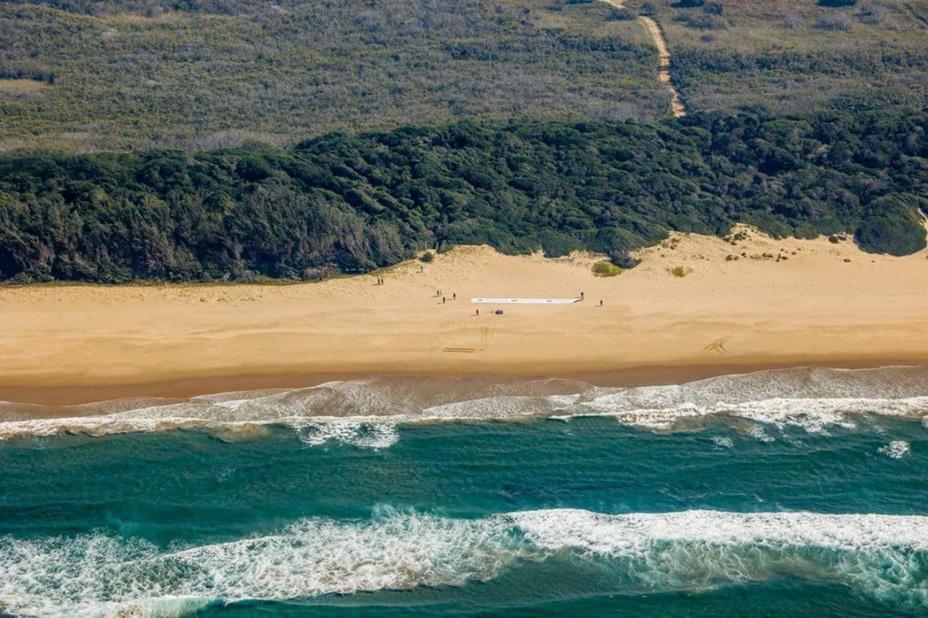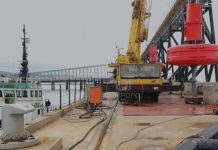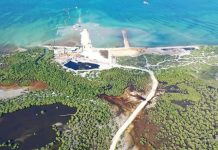Africa-Press – Mozambique. The start of construction work on the deep-water port of Techobanine, in Matutuíne, Maputo province, considered an alternative route for the flow of goods in Southern Africa, requires projected traffic of at least 20 million metric tons per year to make the port viable.
However, according to the Chairman of the Board of Directors of the Ports and Railways of Mozambique (CFM), Agostinho Langa, the three countries involved in the project, namely Mozambique, Botswana and Zimbabwe, are together so far unable to deliver the quantities that justify the construction of a large port like Techobanine.
“It has been proven that we still do not have the capacity in terms of the quantity of minerals to be transported, so we need to count on South Africa and Eswatini as partners in the project so that we can have more than the minimum amount of cargo needed to make the investment in the port viable,” Agostinho Langa stressed in an interview with ‘Notícias’.
Mozambique: Tripartite Summit held on new mineral port at Techobanine Point
The source explained that no construction activity is currently underway, while studies on ways to guarantee the profitability of the project are still being undertaken.
“The regional project was relaunched last year by the governments of the three countries involved and a request for financing was made to the African Development Bank to make it viable, specifically for in-depth studies that will lead to its implementation. When the conditions are created for construction to begin, a fuel terminal will first be installed to supply the entire region,” Langa explained.
The project is designed to ease congestion at the ports of Durban and Richards Bay in neighbouring South Africa. It is also expected to boost mining production in the beneficiary states.
The port is designed to be 20 metres deep and will be strategically located on international shipping routes, connecting to inland countries, especially Botswana and Zimbabwe, in addition to providing gas pipelines and fuel storage tanks.
For More News And Analysis About Mozambique Follow Africa-Press






